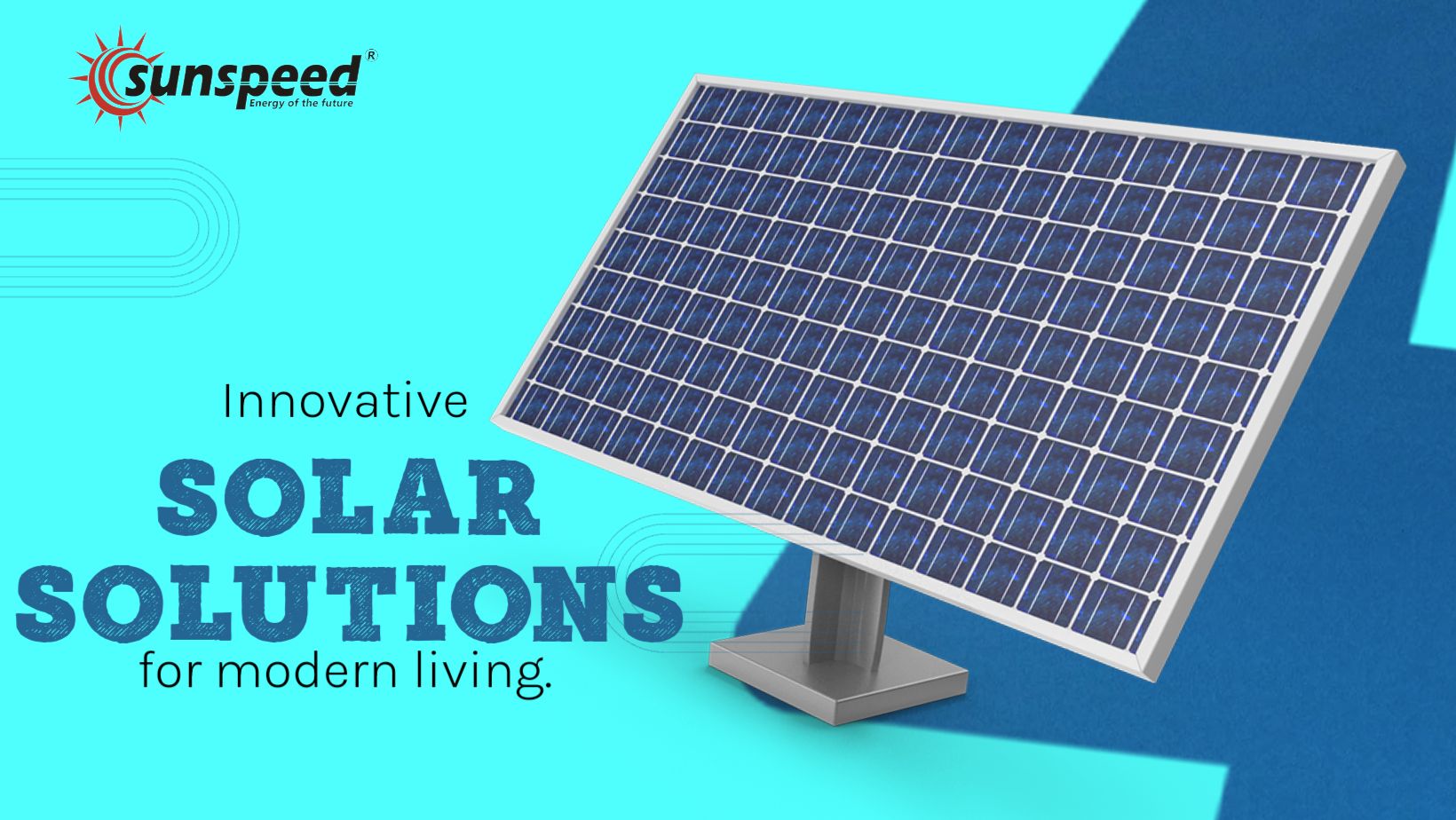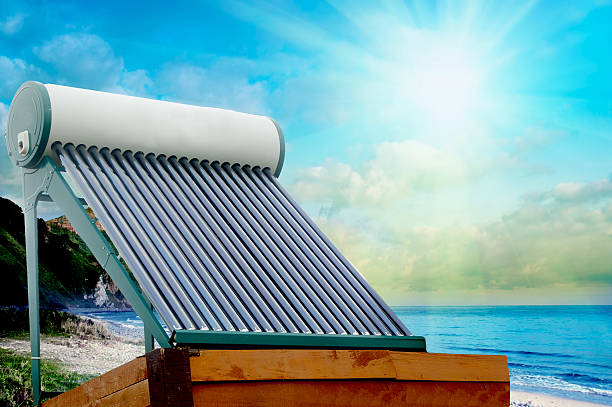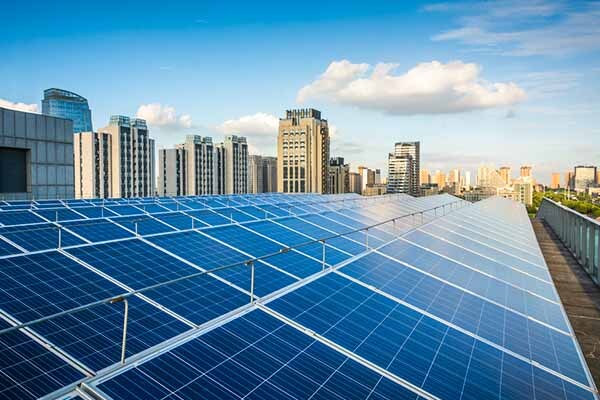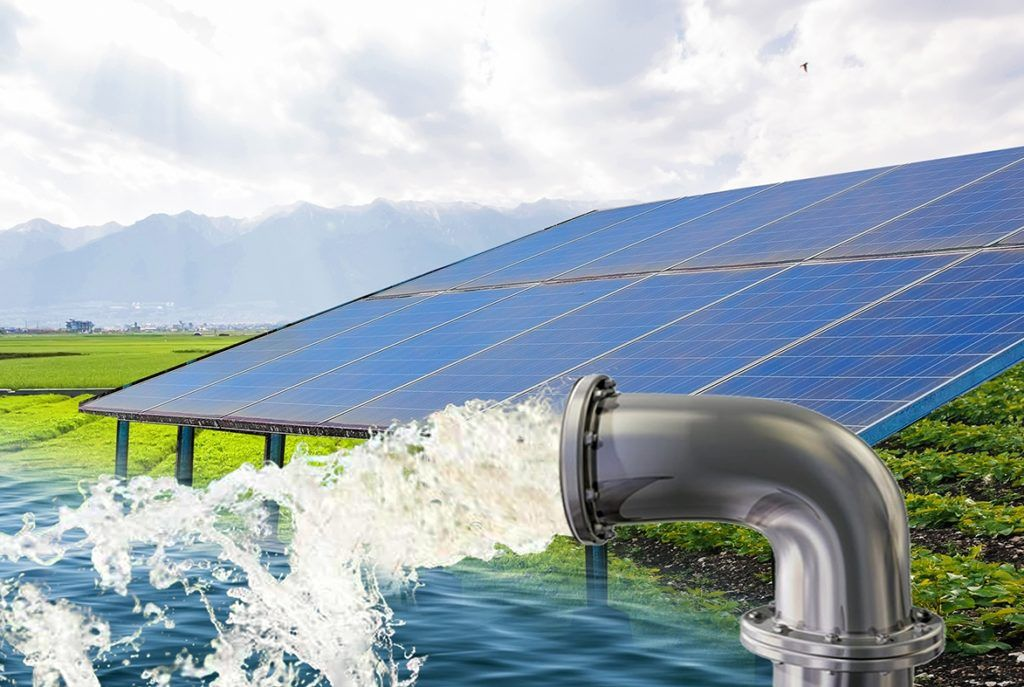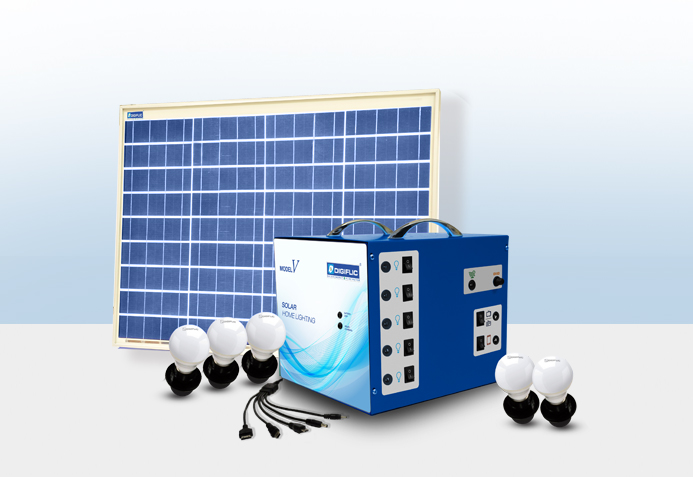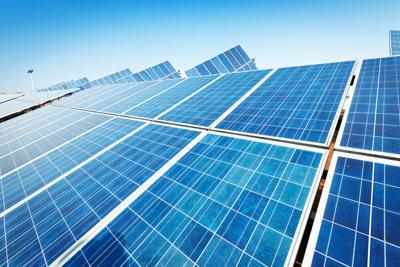Solar Panels
Price, Types, Technology, Brands & A Complete Guide
In the last several years, the United States has seen record growth in rooftop solar system installations among homeowners. In 2023, rooftop solar installations grew 27% with Texas, California, and Florida leading the way. As new solar technologies come to the market every day, it’s worth considering how long a solar system lasts and when it may need to be replaced.
How Long Will My Rooftop Solar Panels Last?
Solar panels provide significant renewable power and cut utility bill costs. While the average system’s power output diminishes slightly with time, most systems maintain at least 80% of their initial power output for at least 25 years.
A well-functioning system will last years longer than it takes to pay-off the initial investment. After that, homeowners pay nothing for solar energy to power their homes, so keeping your system for as long as possible is almost always the best option.
Nevertheless, some homeowners may consider replacing their existing system for a number of reasons – but what factors should you consider before doing so?
